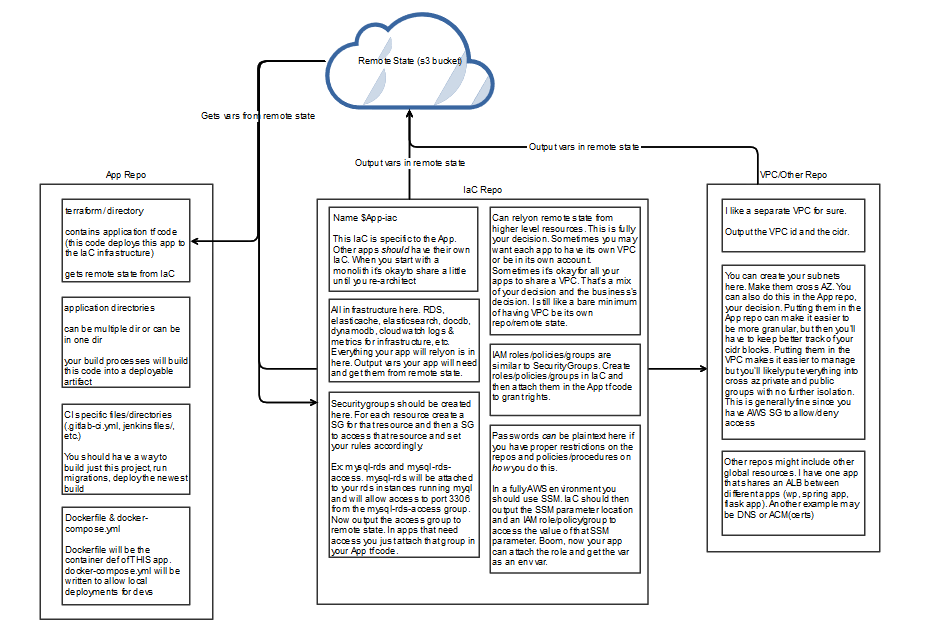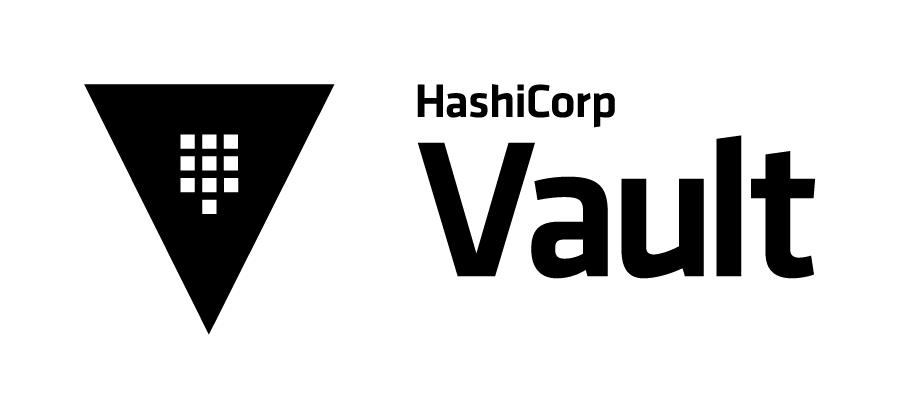FedRAMP update, CentOS is out!
The recent changes with CentOS has caused FedRAMP to look a little more closely at CentOS. In particular, anyone leveraging the RHEL FIPS validation with CentOS will be declared invalid. It looks like I’m a bit late on posting this. I was informed by a commenter on another post of mine. If you’re in a really tight bind, maybe you could try to leverage openssl(?). But overall, my thoughts are that the JAB is now strictly following which operating systems…




